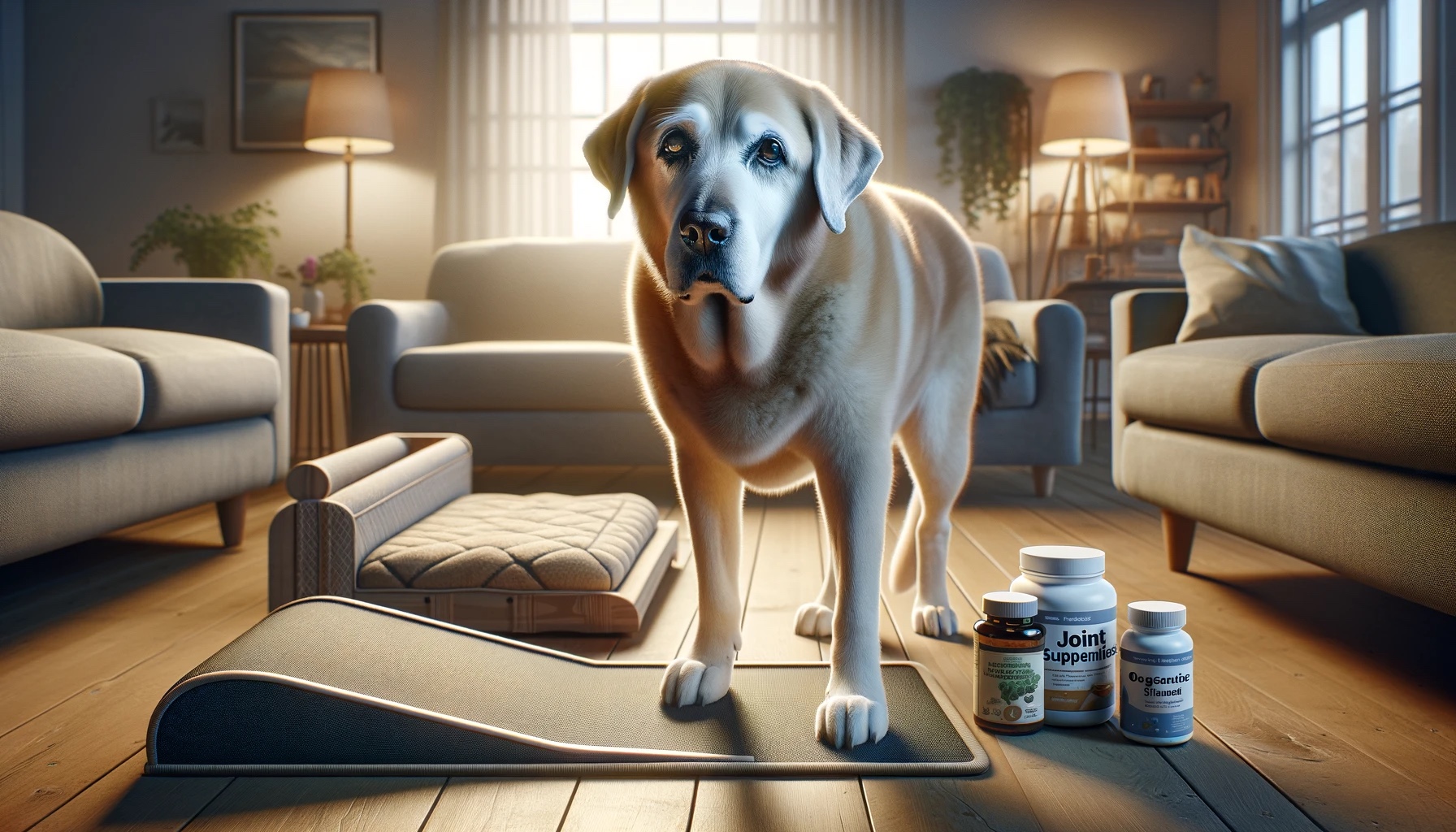Home>Health & Wellness>Common Health Issues>Muscular and Joint Health>Understanding and Managing Arthritis in Old Dogs: A Comprehensive Guide for Dog Parents


Muscular and Joint Health
Understanding and Managing Arthritis in Old Dogs: A Comprehensive Guide for Dog Parents
Published: November 23, 2023
Arthritis is a common yet often overlooked problem among old dogs. Learn how to recognize the symptoms and effectively manage it with this comprehensive guide created especially for dog owners!
(Many of the links in this article redirect to a specific reviewed product. Your purchase of these products through affiliate links helps to generate commission for Pawsomeoldies.com, at no extra cost. Learn more)
Arthritis in old dogs is a common yet often misunderstood condition, affecting one in five canines. As our beloved pets age, they’re susceptible to this painful joint ailment, significantly impacting their quality of life. But what exactly is arthritis, and how can you, as a dog parent, effectively manage it?
What is Arthritis in Dogs?
Arthritis, particularly osteoarthritis, is a degenerative joint disease commonly seen in older dogs. This condition is characterized by the breakdown of cartilage, leading to increased friction and pain in the joints. While it’s incurable, with proper management, your dog can still lead a comfortable life.
Early Detection: Key to Management
Recognizing the signs of arthritis early is crucial. Symptoms may include:
- Difficulty standing or climbing stairs
- Limping or favoring limbs
- Muscle atrophy in the limbs
- Behavioral changes like reduced activity or aggression
If you notice these signs, consult your veterinarian for a proper diagnosis.
Diagnosis and Treatment
Diagnosis involves a physical examination, a discussion of symptoms, and potential radiographs. Treatment is tailored to the individual dog, considering factors like age, severity, and overall health.
Management Strategies
- Diet and Weight Management: Keeping your dog at a healthy weight reduces strain on joints. Consider prescription diets rich in anti-inflammatories and supplements like glucosamine or chondroitin.
- Exercise: Gentle, regular exercise maintains strength and mobility.
- Medications: Non-steroidal anti-inflammatories (NSAIDs) are often prescribed for pain management. Avoid human NSAIDs as they are toxic to dogs.
- Supplements and Nutraceuticals: Fish oil, glucosamine, and other supplements can be beneficial.
- Alternative Therapies: Options like acupuncture, hydrotherapy, and massage can aid in pain relief and mobility.
The Role of the Environment
Creating an arthritis-friendly environment at home is vital. Use orthopedic dog beds and avoid hard, cold floors to alleviate joint pain. Warming pads can also provide comfort.
Regular Veterinary Check-Ups
Frequent check-ups with your vet are essential to monitor your dog’s condition and adjust treatments as needed.
The Power of Awareness and Patience
Understanding your dog’s condition and being patient with their limitations is key. Arthritis can change a dog’s capabilities and temperament, so awareness and compassion are crucial.
A Final Word
Arthritis in old dogs doesn’t have to mean a diminished quality of life. With the right care and attention, your dog can continue to enjoy a happy, comfortable existence despite this challenging condition. Remember, your love and support are the most comforting remedies your dog can receive.
By embracing these strategies, dog parents can effectively manage arthritis in their aging pets, ensuring they live out their golden years in comfort and joy. Remember, while arthritis is a chronic condition, it doesn’t have to define your dog’s life. With love, care, and the right approach, you can make a significant difference in your furry friend’s well-being.














